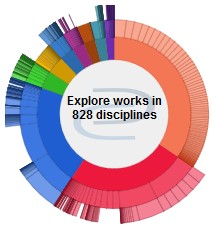Files
Download Full Text (106 KB)
Faculty Advisors
Holland, Nolan B.
Description
Stimuli responsive elastin-like polypeptide (ELP) nanoparticles are a promising platform for targeted drug delivery. Our laboratory has developed ELP nanoparticles that can specifically target cancer cells and provide contrast for MRI imaging. In order to utilize this system for drug delivery, the ability to carry and release drugs needs to be determined. Partition coefficients of drugs in ELP systems are one important measure of a system's ability to transport drugs, while a pH response mechanism can be utilized to provide selective drug release. In this study, we investigated the partition coefficients of seven model drug compounds in a pH responsive ELP system. The thermally responsive transition behavior of this system was also determined. Model compounds were loaded into protein solutions and allowed to separate between a protein-rich phase and an aqueous phase. The phases were separated and partition coefficients were determined by the ratio of concentrations determined by high performance liquid chromatography (HPLC). The thermal transition behavior was determined by turbidity measurements using UV spectroscopy over a range of pH values and protein concentrations. This study is an important step in establishing an effective system of pH responsive ELP drug delivery nanoparticles.
Publication Date
2015
College
Washkewicz College of Engineering
Disciplines
Engineering
Recommended Citation
Martin, Ryan and Helm, Eric, "Characterizing Stimuli-Responsive Materials for Drug Delivery: Interactions with Model Compounds and pH Responsive Behavior" (2015). Undergraduate Research Posters 2015. 50.
https://engagedscholarship.csuohio.edu/u_poster_2015/50


